| University | Massey University (MU) |
| Subject | Occupational Hygiene |
To assess your ability to:
- demonstrate a detailed understanding of the principles of measurement of the thermal environment, lighting, and noise
- demonstrate an understanding of the key principles and basic concepts of occupational hygiene by considering the future challenges for the discipline of occupational hygiene
- demonstrate an understanding of the principles of ventilation and calculate the adequate volume flow rates
- determine whether noise levels in a particular situation are excessive
1. Essay questions
A) Explain and discuss why the demands of the tasks undertaken in the workplace need to be considered when conducting assessments of the thermal and visual environments.
B) Explain and discuss the different reasons why it may be important to analyse the frequency composition of a noise source.
C) What are the challenges for occupational hygienists in the future in terms of changing workplaces and workforces? Discuss.
[Ensure that the points made in your essay are relevant to the key components of occupational hygiene practice]
2. Calculations
The small printing business has introduced a new process that transfers designs onto fabric. An occupational hygienist is brought in to investigate whether the existing ventilation system is adequate and whether additional noise controls are needed. Complete the following
calculations:
A) Ventilation
Inks for the printing process contain 20% by volume of solvents. The mixture, by volume, is: 40% n-hexane, 20% methyl ethyl ketone (MEK), and 40% toluene. During the print run, ink is used up at the rate of 6 litres per hour. The air inlet hood has a face area of 0.20m2 and an air inlet velocity of 0.5 m/s.
Is the airflow rate adequate for dilution of the flammable vapors released by the process? [Use a safety factor of 4 and a temperature of 20°C]

B) Noise
i) An indoor fan with a sound power level of 94dB is to be installed at the center of one wall of the room. As sound pressure levels vary according to the presence of reflecting surfaces, what would the sound pressure level at 3 meters be?
ii) Estimate the noise attenuation outdoors if the noise level at 40m from rooftop machinery is 88dB in the 500Hz band and 94dB in the 4000 Hz band. What is the noise level in each band at a distance of 1000m?
Buy Custom Assignment & Homework Solutions
Pay to NZ Native Writers | Cheap Cost & Plag Free
Hire write my essay for me for Occupational Hygiene from NZ Assignment Help. We have appointed experienced and skilled essay writers who have enough experience to write custom essay on Occupational health and safety assignments.
- PTY608 Exercise Physiology & Rehabilitation Written Assignment 2026
- HEAL513 Intro to Healthcare Systems & Practice L5 Assessment 2026
- 31858 Core Knowledge Providing Financial Advice Assessment | Professional IQ
- 31857 Core Knowledge Economic Environment Assessment | Professional IQ
- 31856 Core Knowledge Financial Markets Assessment | Professional IQ
- 31855 Core Knowledge Good Conduct Assessment | Professional IQ
- MGMT801 Managing in a Multi-Cultural Environment Assignment 2 | AIS
- ACCT801 Accounting for Managers Assignment 1 | AIS New Zealand
- FSC524 Life, Disability and Health Insurance Assessment 2 | Open Polytechnic
- LAWS390 Business Law for Māori Organisations Essay | VUW New Zealand


